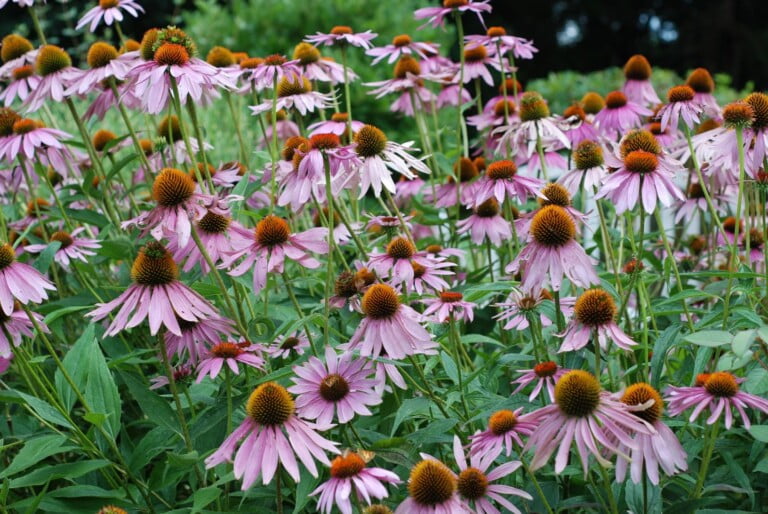Regions of Canada
Canada is divided into 10 provinces and 3 territories, which can be grouped into regions.

Canada is divided into 10 provinces and 3 territories, which can be grouped into regions.

The United States does not have “official” regions in the same way it has official states. However, for various purposes (such as census data collection, geographic studies, and administrative reasons), the country is often divided into regions. Johhny Butterflyseed uses the common regional division as set by the U.S. Census Bureau. Here’s a breakdown based…

Here’s a dive into the many ways Sea Grapes enhance butterfly gardens in coastal regions of the U.S. southeast.

This holly variety also plays a crucial role in the life cycles of several insects, making it a noteworthy addition to any native garden.

Here’s how to make Echinacea tea from Purple Coneflowers and a glimpse into its historical significance.

Purple Coneflower (Echinacea purpurea). Beyond its obvious aesthetic appeal, the coneflower offers myriad benefits that make it an indispensable asset in any butterfly garden.

A recent breakthrough, pioneered by none other than Johnny Butterflyseed, is poised to revolutionize how we approach seed germination: “Seed Ozone Stratification.”

In botany, the term “silicicola” is derived from Latin, where “silici-” refers to silica or sand and “-cola” means dweller or inhabitant.